Vestibulo-sympathetic responses
- PMID: 24715571
- PMCID: PMC3999523
- DOI: 10.1002/cphy.c130041
Vestibulo-sympathetic responses
Abstract
Evidence accumulated over 30 years, from experiments on animals and human subjects, has conclusively demonstrated that inputs from the vestibular otolith organs contribute to the control of blood pressure during movement and changes in posture. This review considers the effects of gravity on the body axis, and the consequences of postural changes on blood distribution in the body. It then separately considers findings collected in experiments on animals and human subjects demonstrating that the vestibular system regulates blood distribution in the body during movement. Vestibulosympathetic reflexes differ from responses triggered by unloading of cardiovascular receptors such as baroreceptors and cardiopulmonary receptors, as they can be elicited before a change in blood distribution occurs in the body. Dissimilarities in the expression of vestibulosympathetic reflexes in humans and animals are also described. In particular, there is evidence from experiments in animals, but not humans, that vestibulosympathetic reflexes are patterned, and differ between body regions. Results from neurophysiological and neuroanatomical studies in animals are discussed that identify the neurons that mediate vestibulosympathetic responses, which include cells in the caudal aspect of the vestibular nucleus complex, interneurons in the lateral medullary reticular formation, and bulbospinal neurons in the rostral ventrolateral medulla. Recent findings showing that cognition can modify the gain of vestibulosympathetic responses are also presented, and neural pathways that could mediate adaptive plasticity in the responses are proposed, including connections of the posterior cerebellar vermis with the vestibular nuclei and brainstem nuclei that regulate blood pressure.
© 2014 American Physiological Society.
Figures


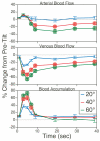



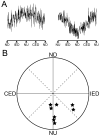
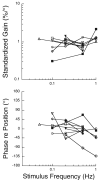



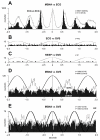
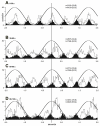
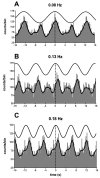
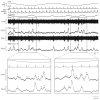


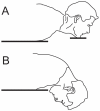
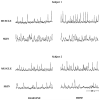
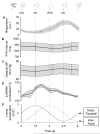
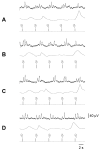
References
-
- Abboud FM, Thames MD. Interaction of cardiovascular reflexes in circulatory control. In: Shepherd JT, Abboud FM, editors. Handbook of Physiology Section 2: Circulation Volume III: Peripheral Circulation and Organ Blood Flow, Part 2. American Physiological Society; Bethesa, MD: 1983. pp. 497–555.
-
- Abe C, Kawada T, Sugimachi M, Morita H. Interaction between vestibulo-cardiovascular reflex and arterial baroreflex during postural change in rats. J Appl Physiol. 2011;111:1614–1621. - PubMed
-
- Abe C, Tanaka K, Awazu C, Chen H, Morita H. Plastic alteration of vestibulo-cardiovascular reflex induced by 2 weeks of 3-G load in conscious rats. Exp Brain Res. 2007;181:639–646. - PubMed
-
- Abe C, Tanaka K, Awazu C, Morita H. Strong galvanic vestibular stimulation obscures arterial pressure response to gravitational change in conscious rats. J Appl Physiol. 2008;104:34–40. - PubMed
-
- Abe C, Tanaka K, Awazu C, Morita H. The vestibular system is integral in regulating plastic alterations in the pressor response to free drop mediated by the nonvestibular system. Neurosci Lett. 2008;445:149–152. - PubMed
Publication types
MeSH terms
Grants and funding
LinkOut - more resources
Full Text Sources
Other Literature Sources
Medical

